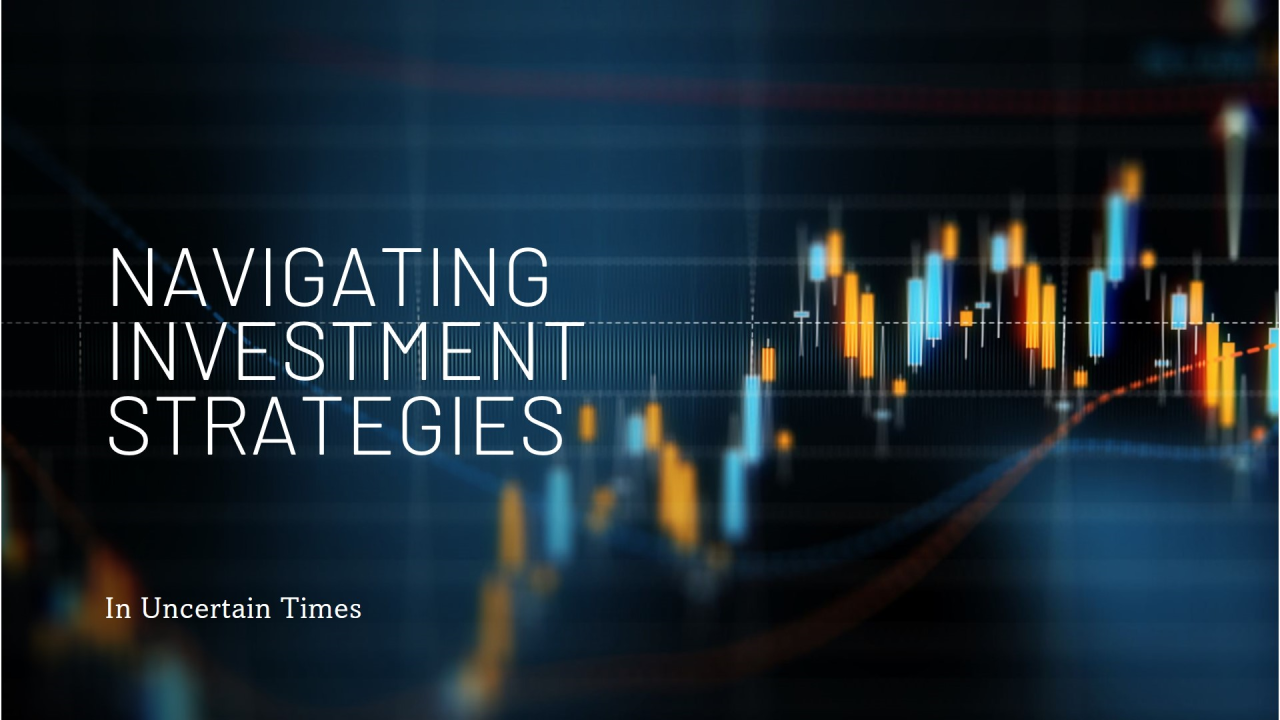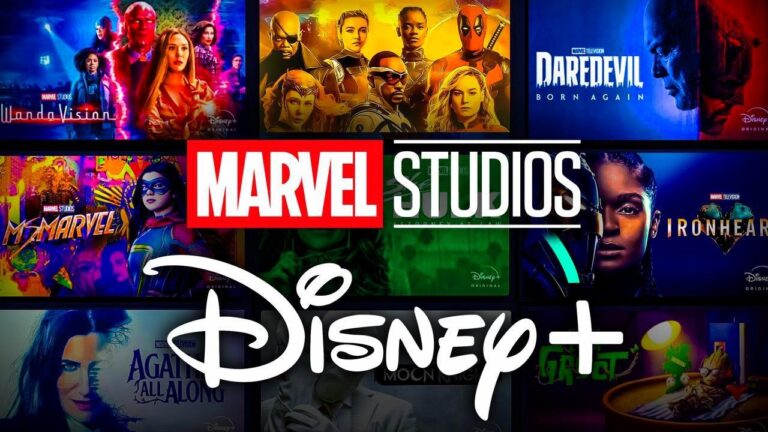In the world of finance, investing has never been more exciting—or more complex. The rules of the game are changing rapidly, shaped by global events, digital innovation, and evolving investor behavior. Gone are the days when success meant simply holding blue-chip stocks or sticking to real estate. Today’s investors must navigate a landscape driven by …
The Investment Game: Strategies for the Modern Market

In the world of finance, investing has never been more exciting—or more complex. The rules of the game are changing rapidly, shaped by global events, digital innovation, and evolving investor behavior. Gone are the days when success meant simply holding blue-chip stocks or sticking to real estate. Today’s investors must navigate a landscape driven by algorithms, sustainability, and global connectivity.
Welcome to the modern market — a place where knowledge, agility, and foresight separate the winners from the rest.
The New Era of Investing
The modern investment landscape is a blend of tradition and transformation. While classic vehicles like stocks, bonds, and property remain essential, the rise of new asset classes—cryptocurrency, ESG funds, and alternative investments—has expanded the investor’s toolkit like never before.
In the past, investing was largely about patience and long-term vision. Now, it’s also about understanding technology, timing, and trends. Data analytics, artificial intelligence, and digital trading platforms have made markets more accessible, yet more volatile.
Information travels at the speed of a tweet, and decisions once made over weeks now happen in milliseconds. In this fast-moving ecosystem, the ability to interpret signals—and ignore the noise—is what defines a smart investor.
Diversification: The Foundation of Resilience
If there’s one timeless strategy that continues to hold its ground, it’s diversification. In simple terms, diversification means not putting all your eggs in one basket.
The reason is straightforward: no asset class performs well all the time. While equities might surge during periods of economic optimism, bonds often act as a buffer during downturns. Real estate offers tangible stability, while commodities and alternative assets can hedge against inflation.
In the modern market, diversification doesn’t just mean spreading across asset classes—it also means diversifying geographically and strategically. Emerging markets, tech-driven sectors, and green investments now play a crucial role in balancing risk and reward.
As financial advisors often put it: “A well-diversified portfolio isn’t about chasing every opportunity—it’s about being prepared for any outcome.”
Embracing Technology and Digital Platforms
Technology has democratized investing. Today, anyone with a smartphone and an internet connection can build a portfolio, analyze data, or participate in global markets.
Digital trading platforms like Robinhood, eToro, and interactive brokers have made investing more accessible, while AI-powered tools offer predictive insights once reserved for institutional investors. Robo-advisors are another game changer—providing automated, data-driven portfolio management at a fraction of traditional costs.
However, while convenience is a boon, it also comes with a caveat. Easy access can tempt impulsive trading and emotional decision-making. The key lies in combining technological tools with human judgment—leveraging analytics, but staying grounded in financial fundamentals.
The Rise of ESG and Sustainable Investing
One of the biggest shifts in the investment world is the rise of ESG (Environmental, Social, and Governance) investing. Today’s investors care not only about returns but also about responsibility.
Companies that prioritize sustainability, ethical practices, and good governance are attracting both investors and consumers. ESG funds have surged in popularity, with global assets expected to surpass $40 trillion by 2030.
This isn’t just a moral move—it’s a strategic one. Businesses that embrace sustainability often demonstrate resilience, brand loyalty, and long-term profitability. As climate policies tighten and consumer awareness grows, ESG investing represents not just a trend but a transformation in how value is defined.
In the modern investment game, profitability and purpose are no longer mutually exclusive—they’re partners.
Alternative Assets: Thinking Beyond the Traditional
As markets evolve, investors are exploring opportunities beyond stocks and bonds. Alternative assets like private equity, hedge funds, art, collectibles, and cryptocurrencies are gaining traction.
Take crypto, for example—once seen as speculative, it has become a mainstream consideration for portfolio diversification. Meanwhile, investments in digital art (NFTs), vintage watches, and fine wine are proving that creativity and value can coexist.
However, alternative assets require research and caution. Their volatility can be high, and liquidity may be limited. But for those willing to take calculated risks, they offer potential for outsized returns and portfolio balance.
As one seasoned investor put it, “In today’s markets, thinking differently isn’t risky—it’s necessary.”
Risk Management: The Investor’s Shield
Every investor knows that risk and reward are two sides of the same coin. But in a market as fast-paced as today’s, managing that risk has become both an art and a science.
Modern tools like stop-loss orders, hedging strategies, and portfolio rebalancing are essential for minimizing downside exposure. Yet, psychological discipline remains just as crucial. Emotional investing—driven by fear or greed—is the biggest pitfall in volatile markets.
Smart investors build strategies that anticipate uncertainty rather than react to it. They understand that volatility is not the enemy—it’s part of the journey. The real challenge is to stay rational when the market isn’t.
As Warren Buffett famously said, “Be fearful when others are greedy, and greedy when others are fearful.”
Globalization and Geopolitics: Reading the Bigger Picture
In an interconnected world, investing is no longer a local game. Global events—trade wars, elections, conflicts, pandemics—ripple through markets instantly.
For example, a policy shift in the U.S. Federal Reserve can affect stock markets in Asia and commodity prices in the Middle East. Investors today must therefore think globally, even if they act locally.
Understanding geopolitical dynamics, currency trends, and macroeconomic indicators has become an essential part of strategy. A diversified portfolio should include exposure to international equities, emerging economies, and global sectors such as technology and renewable energy.
The Human Element: Patience, Psychology, and Perspective
Despite the rise of automation, one truth remains unchanged: investing is as much about mindset as it is about money.
Patience is a powerful weapon in an age of instant gratification. Long-term investing—anchored in research, not reaction—continues to outperform short-term speculation. Understanding personal risk tolerance and financial goals helps investors stay grounded when markets swing.
Behavioral finance studies show that emotional decisions—panic selling during downturns or overbuying during rallies—erode returns over time. The modern investor must master emotional control just as much as market knowledge.
The Future of Investing: Innovation Meets Intuition
Looking ahead, the investment world is poised for even more innovation. Artificial intelligence will play a bigger role in forecasting and portfolio management. Blockchain technology could revolutionize asset ownership and trading transparency.
Meanwhile, sustainability, ethical investing, and digital assets will continue to reshape where and how money flows. But amidst all the change, one principle will endure: the smartest investors adapt without abandoning fundamentals.
In this ever-evolving game, success belongs to those who stay informed, think long-term, and innovate fearlessly.
Final Thoughts
The modern market is dynamic, digital, and demanding—but it’s also full of opportunity. The key to mastering the investment game lies not in chasing trends, but in understanding them.
Build diversified portfolios. Leverage technology wisely. Stay disciplined during volatility. And most importantly, let strategy—not emotion—be your compass.
Because in the end, investing isn’t about predicting the next move—it’s about preparing for it.




